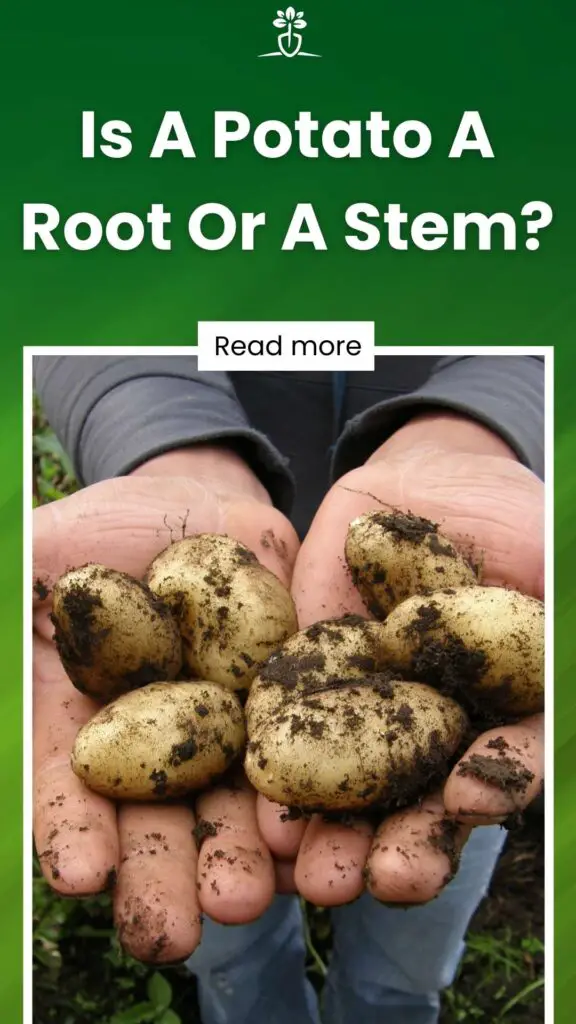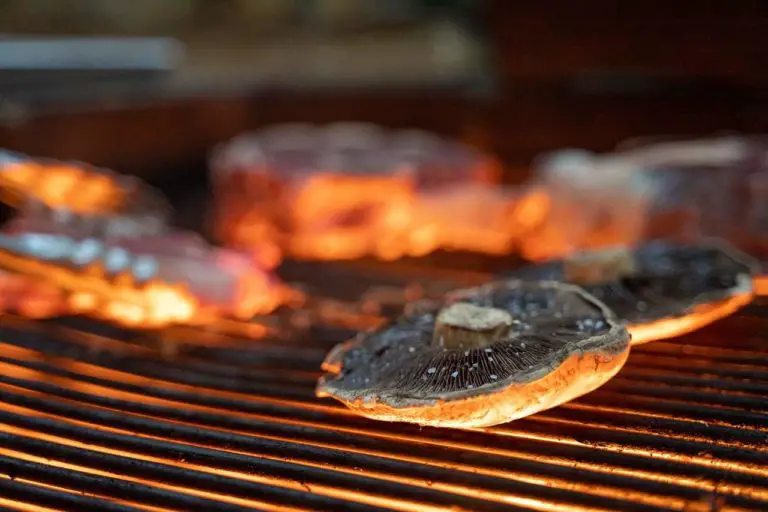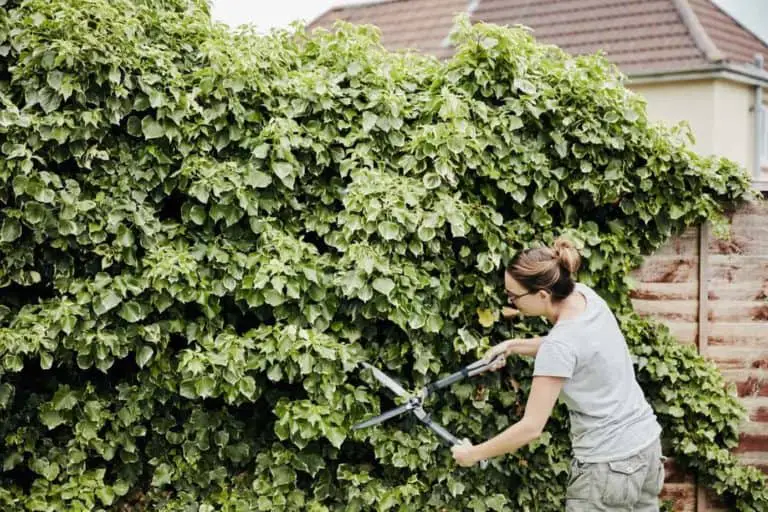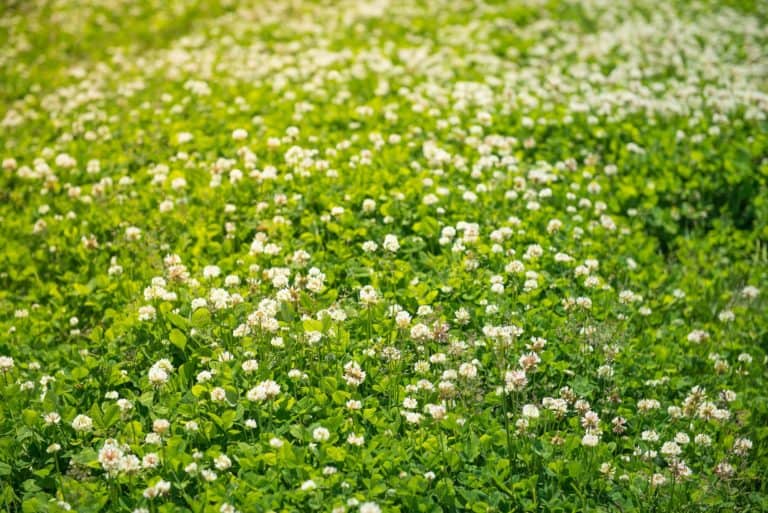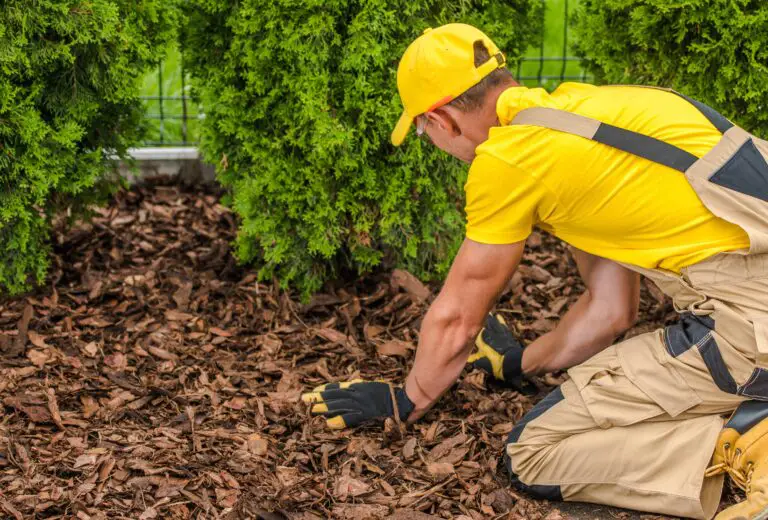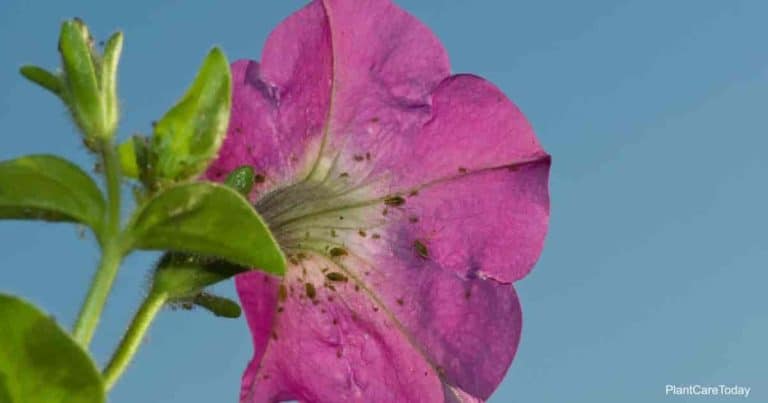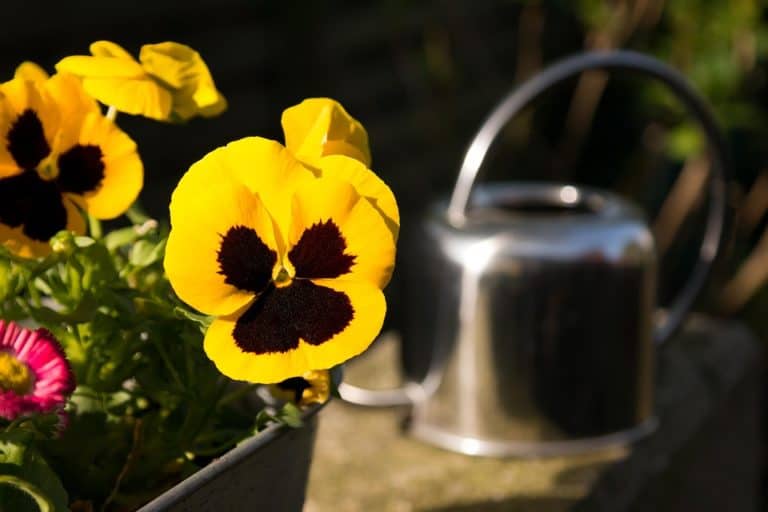Is A Potato A Root Or A Stem?
A lot of people automatically think that potatoes are roots as they grow under the ground. Since most things that grow underground are roots, we can’t blame them in the slightest.

However, you might also believe it’s a stem and the two beliefs often get muddled. So which one is it? We have written this article to tell you all about whether a potato is a root or a stem and why gardeners have reached this discovery. Let’s jump right in.
Contents
What Is The Difference Between A Root And A Stem?
Before we tell you which a potato falls under, you might be curious as to what is the difference between a stem and a root.
Stems are the sections of the plant that contains branches, fruits, and leaves, whereas roots are the underground parts of plants that contain root hairs. The stem of any plant will contain plant structures such as flowers, and buds.
There are four different types of main roots. These include fibrous roots, adventitious roots, taproots, creeping roots, tuberous roots, water roots, and parasite roots.
Fibrous roots, similar to adventitious roots, are found in a range of monocot plants, and taproots are found in dicot plants.
Stems are a good way of making paper, rayon, and cellophane through cellulose, and this is obtained from the pulpwood. It also needs to make wood, alcohol, and acetone. The bark yields fiber and many other important ingredients.
Is A Potato A Root Or A Stem?
Potatoes grow in cool climates across the world and as they usually grow in the ground, some might assume they are roots.
However, they are starchy, modified stems called tubers and they grow on small branches that are known as stolons, coming from the lower parts of the potato plants.
The potato is therefore definitely not defined as a root, however, it’s not entirely a stem either. It’s important to realize, they grow from a modified stem, and what we mean by this is that it is known as a tuber.
For those unfamiliar, a tuber develops from an underground stem or the stolon and they act as storage for food and starch to use later by the plant.
The rubbers comprise all parts of a typical stem and this is why most people would consider it a stem. These parts include internodes, axillary buds, pedicels, nodes, terminals, and petioles.
- Internodes: This is the section of the stem that connects the two nodes and facilitates the transport of water, food, and minerals through the nodes. The larger the zone, the taller the plant will be, or in this case, the larger the potato.
- Nodes: This is where the leaves, stems, buds, and other vital elements of any plant develop. They also support the plant and facilitate the healing of the plant if it suffers from injury.
- Terminal Bud: This is the bud of the plant in control of the vertical growth of any plant. It stops the development of any more buds and ensures the plant grows vertically. It is also known as apical dominance.
- Lateral Bud: These are buds that develop at the section between the petiole and the stem. The buds are usually dormant, yet they can turn into stems, leaves, or even flowers.
- Pedicel: This is the stalk that connects the stem and the flower. They support the flowers to allow pollination from insects,
- Leaves: Leaves are one of the most well-known sections of the plant and they consist of broad and thin structures that appear along at the end of a petiole. They are the vital organ that develops from the node. Most types are green, and this applies to potato leaves too. They help in transpiration, respiration, and photosynthesis.
- Flowers: The flowers are what facilitate pollination and sexual production in plants. They come in different colors and they are located at the end of a pedicel.
How Do These Parts Look On A Potato?

The nodes and internodes of potatoes appear all around the plant and are arranged in a spiral. You might hear them referred to as the ‘eyes’.
They also have a leaf scar and this is where it is connected to the stolon, whilst the terminal bud is on the other end completing the ‘stem’.
Whilst the bud can regenerate, the shoots develop from the nodes and once they have developed, adventitious roots develop at the part where the shoot is connected to the tuber.
Lateral buds then start developing on the shoots. Petioles also form on the shoots with the leaves and potatoes can even have flowers that can grow into fruits. Both yams and Irish potatoes are perfect examples of stem tubers.
What Is A Tuber?
Tubers are types of modifications that appear on stems. These modifications occur on different sections of any plant as it adapts to the environment. The modifications are labeled ‘geophytes’.
Tubers are enlargements that develop to store nutrients for the whole plant and these nutrients can be later used by the entire plant.
Moreover, the modifications facilitate perennation which allows the plants to live through rougher seasons. They can also assist in propagation and asexual production.
There are two different types of stem tubers and some stolons might grow horizontally. This is the case for the potato and thickened rhizomes that are underground stems.
A tuber is a regenerative organ which means when the plant finally dies, the tuber can regenerate by developing new shoots again. This is exactly what the potato does.
The Potato (Solanum Tuberosum)
Although we have established that the potato is a stem and not a root, you might be interested in learning a little more about the plant.
Potatoes are perennial vegetables and their cultivation dates back 10,000 years. They are thought to have come from Peru in South America before spreading around other parts of the globe.
In the present day, potatoes are one of the most cultivated vegetables in the world and some are part of the biggest food crops. Despite how they originated in Peru, the leading producer of potatoes is in Northern Europe.
Potatoes are herbaceous and there are more than 4000 species of potato. The stems grow up to 24 inches in height with their flowers and green leaves. These flowers can be either blue, red, pink, or white. Every plant has a yellow stamen.
The leaves, stems, and fruit contain alkaloid solanine and this is harmful to humans. You should only ever eat the tubers to avoid toxicity. Tubers do contain toxic glycoalkaloids, yet only a very small amount.
Plus, glycoalkaloids protect the plant from sunlight and other pests. If you leave the potato in too much sunlight, the toxic levels could increase to a point where they could harm humans.
As the potato matures, the leaves die and turn brown. The flowers then turn to fruits.
The Growing Process
When you decide to grow potatoes, they are always grown using seed potatoes where the tubers are kept until they develop sprouts.
You can develop these seed potatoes on your own or buy treated ones from a supplier. When you are developing a new variety, the seeds from the fruit are what you need to use.
There are 5 known phases to potato growing. The first is where we see the seed potatoes develop into sprouts. They develop and photosynthesize when producing food and this allows the stems to grow above the ground and the stolons to grow in the ground.
This continues into the third phase, where even more stolons appear and start to swell to form tubers. The plant will continue to grow above the ground until it starts to produce flowers.
Potatoes at one point, cease to grow and start ‘packing up’ more food inside the swollen section of the stolons.
In the final phase, the tubers mature whilst the rest of the plant dies. When grown, potatoes can produce up to 20 tubers on one stolon, without much effort from a farmer.
Sweet Potatoes

The potatoes we have been discussing in this article have referred mostly to Irish potatoes, which are more commonly known as white potatoes.
Despite them sharing a name with sweet potatoes, they belong to a different family and there is one major difference. This difference is that whilst white potatoes are stem tubers, sweet potatoes on the other hand are root tubers.
Furthermore, Irish potatoes are grown using seed potatoes whilst sweet varieties are grown from little seedlings that are developed as a result of growing sweet potatoes. The seedlings are known as slips.
Root tubers are modified rots and act as a storage organ for the entire sweet potato. Similar to stem tubers, root tubers store away the food to use in future growing seasons and after one growing season, the plant will die before developing any new shoots during the next season.
Another key difference to keep in mind is that sweet potatoes do not have nodes, internodes, or any of the other features that class the white potato as a stem.
Cassava is also a root tuber. Cassava is a root vegetable or tuber native to South America and the most commonly consumed part of the plant is the root, which can be very versatile.
It is a tropical plant and its root system is fibrous. Some of the roots develop into root tubers through secondary thickening and these roots will develop around the base of the plant forming around five to ten tubers per plant.
Stem Modifications
Potatoes are not the only version of modified stems. Other versions include:
- Bulbs: These are a type of modified stem where the stem is a flat base, and the leaves will develop from a node at the base which encloses the bud in the middle. The leaves are hollow, but eventually, fill with food from the plant and start to swell. Examples of bulbs include garlic and onion bulbs.
- Corm: Corms can be placed alongside bulbs as they both keep food in their vertical stem. However, unlike bulbs, corms have one single structure instead of multiple concentric rings, and whilst bulbs have much fleshier leaves, corms consist mostly of dead leaves forming a tunic around the plant. This protects corms against waterlogging, water loss, and insects.
- Rhizomes: Rhizomes are modifications that grow horizontally under the ground. They contain nodes from roots that develop in the ground, and the shoots develop above ground. An example of a rhizome is ginger.
Frequently Asked Questions
Are Potatoes Legumes?
No, potatoes are not classed as legumes. Although potatoes have nodes, they do qualify to be called this as there is a difference in how they are formed.
In legumes, nodes are developed when the root nodules start interacting with nitrogen-fixing bacteria. However, in tubers, the nodes are a result of starch storage.
Which Part Of The Potato Can You Eat?
The only section of the potato that is edible is the tuberous section. It contains starch and makes a good vegetable to add to a variety of different recipes. Remember, the leaves, fruits, and stems of a potato can be harmful to humans.
What Are Root Vegetables?
A root vegetable is the fleshy enlarged root of a plant that is used as a vegetable. These include beets, carrots, rutabaga, turnips, and radishes.
Are Potatoes And Squash In The Same Family?
Members of this family include tomatoes, peppers, tomatillos, eggplants, and potatoes. However, they do not contain sweet potatoes. Cucumbers, zucchini, pumpkins, gourds, melons, and of course summer and winter variations of squash are also part of this very big family.
What Soil Should I Plant My Potatoes in?
You can plant potatoes in any kind of well-drained soil. They hate soggy soil, however, and as the growth of the plant happens underground, the best soil for growing is loose sandy loamy soil.
This solid should have a pH range of 5.5 to 6.5 so that it is slightly acidic and the potatoes can expand easily.
Final Thoughts
We hope after reading this article you have learned all there is to know about whether a potato is a root or a stem. The answer can be confusing since although the potato is not a root but it’s not entirely a stem either. It’s important to remember it is a modified stem known as a tuber.
A tuber develops from an underground stem or the stolon and they act as storage for food and starch to use later by the plant. Now you understand the basics, don’t be afraid of growing your potatoes.
Whether that is Irish potato or sweet potato, whether they are a stem or a root will not affect gardening capabilities and as long as you have yourself some soil and seeds, you should be good to go!
Cook and chop them up and use them at your next dinner party. We promise nothing impresses guests more than homegrown potatoes.
